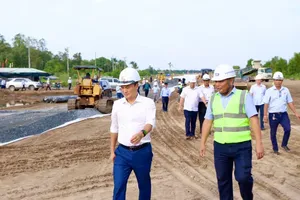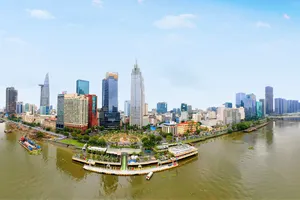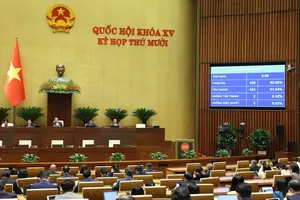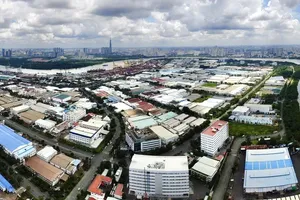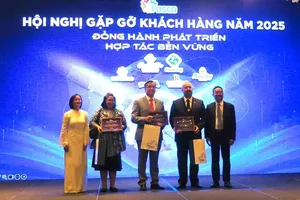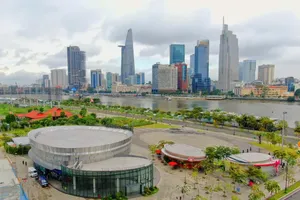
Attending the event were Secretary of the Ho Chi Minh City Party Committee Nguyen Van Nen, Chairman of the municipal People’s Committee Nguyen Van Duoc, Standing Vice Chairman of the People’s Committee of the city Duong Ngoc Hai, Vice Chairman of the People’s Committee of the city Bui Xuan Cuong, Secretary of the Party Committee of Thu Duc City Nguyen Huu Hiep, Vice Chairman of the Ho Chi Minh City People’s Council Huynh Thanh Nhan, Vice Chairman of the People’s Committee of Long An Province Huynh Van Son, Deputy Minister of Construction Nguyen Tuong Van, and representatives of central agencies, ministries, and localities.
Speaking at the event, Vice Chairman of the Ho Chi Minh City People’s Committee, Bui Xuan Cuong, emphasized that immediately following the Prime Minister’s approval of the city’s master plan adjustment, Ho Chi Minh City has implemented a comprehensive set of measures to ensure the timely progress and quality of the revised plan. Recognizing the critical role of implementing national strategies and regional connectivity in socio-economic development, the city proactively closely coordinated with neighboring provinces and cities, including Binh Duong, Dong Nai, Long An, Tay Ninh, Ba Ria-Vung Tau, and Tien Giang, to exchange ideas and reach consensus on spatial development orientations, transportation infrastructure connectivity, environmental protection, and the effective exploitation of the region’s potential and advantages.

In addition, the People’s Committee of Ho Chi Minh City has directed relevant departments, agencies, districts, and Thu Duc City to collaborate, actively review current conditions, and identify key issues, potentials, and challenges of each locality.
According to Vice Chairman Bui Xuan Cuong, the approved master plan is not only a legal requirement but also establishes a crucial and solid legal foundation. It serves as a guiding framework for the city to concretize its development goals in the new phase, maximize its potential and advantages, and effectively leverage special mechanisms and policies. It will provide a powerful impetus for breakthrough and sustainable development of both the city and the Southern Key Economic Region.
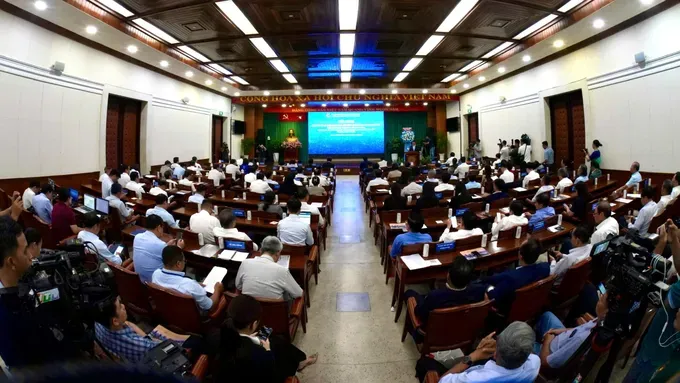
The master plan envisions that by 2060, Ho Chi Minh City will emerge as a globally civilized, modern, and compassionate city with a development level on par with major metropolitan centers worldwide. It aims to become a leading economic, financial, and service hub in Asia, serving as a growth pole and a key driver of development for the Southern region and the entire country. The city will offer a high standard of living and quality of life, with distinctive economic and cultural development, attracting international financial institutions and economic corporations.
The master plan is a critical foundation and legal basis for the immediate development of detailed subdivision and zoning plans, ensuring timely support for urban management and investment approval. It will also form the basis for the unified planning of Ho Chi Minh City in the near future, as the city, alongside the entire country, prepares to reorganize administrative structures and units, focusing all efforts on launching the operational and developmental process for the new unified Ho Chi Minh City.
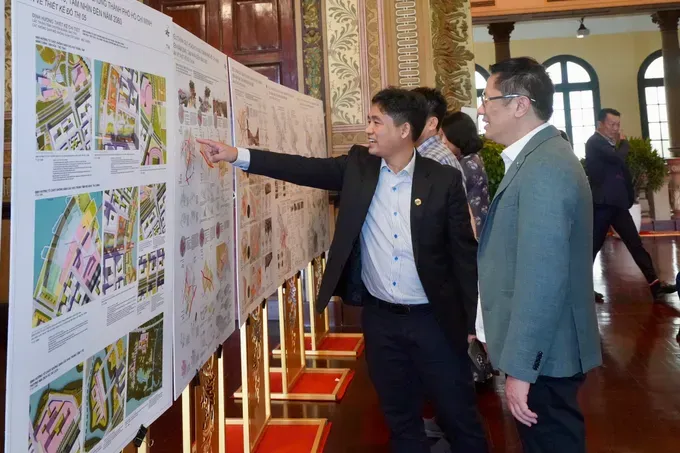
Ho Chi Minh City’s spatial structure is planned to develop across six distinct zones, with the organization of each zone closely integrated with the public transportation system. Specifically, the six zones include:
1. Central Urban Zone, the area located within Ring Road 2 and north of the Doi and Te canals
2. Northern Zone Center, the area at the intersection of Ring Road 3 and National Highway 22 extending to the Moc Bai–Ho Chi Minh City Expressway
3. Western Zone Center, the Tan Kien area
4. Southern Zone Center, the expanded Phu My Hung area toward the south
5. Center of the Southeast area, Can Gio sea encroachment tourist urban area
6. Thu Duc City Center

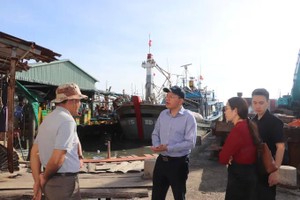
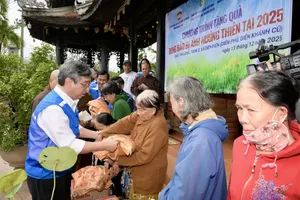
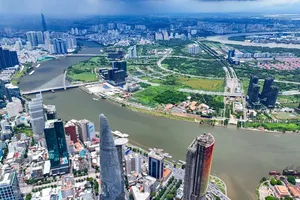
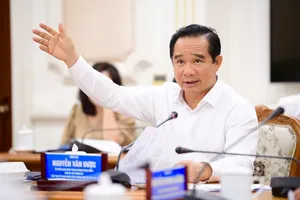


)



